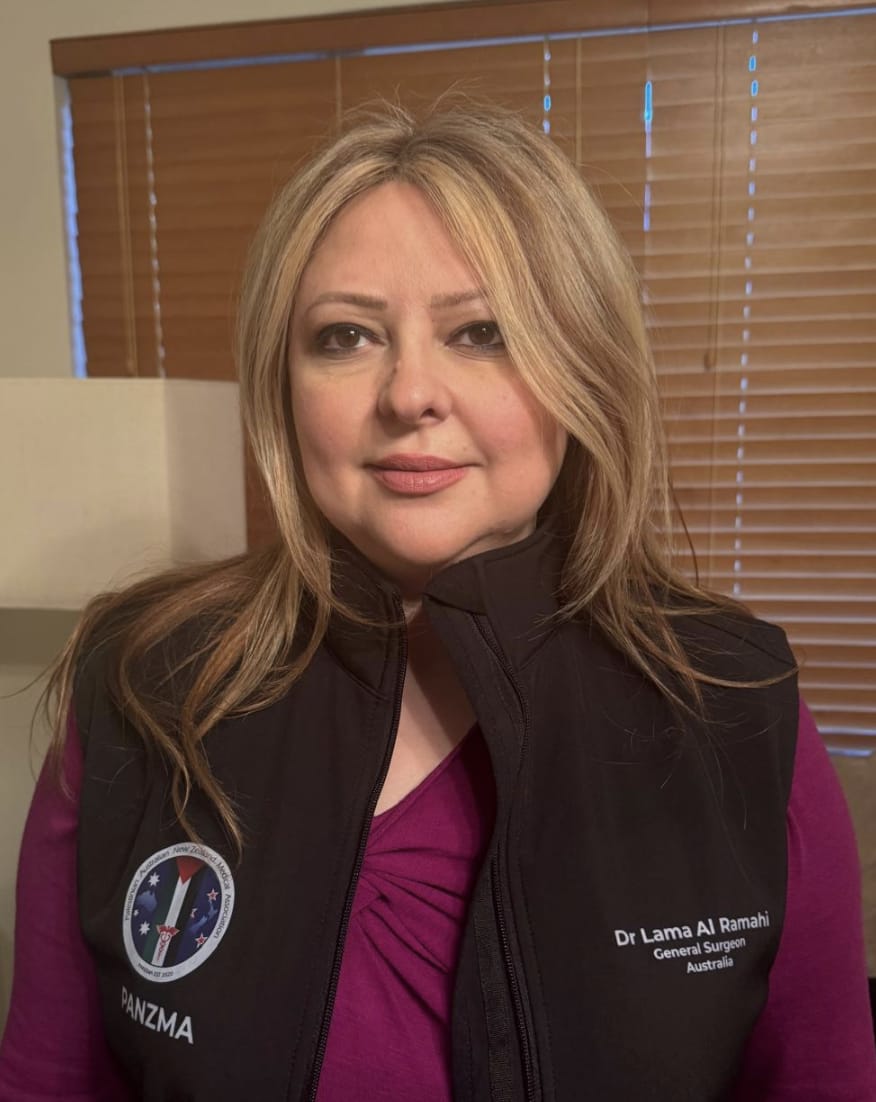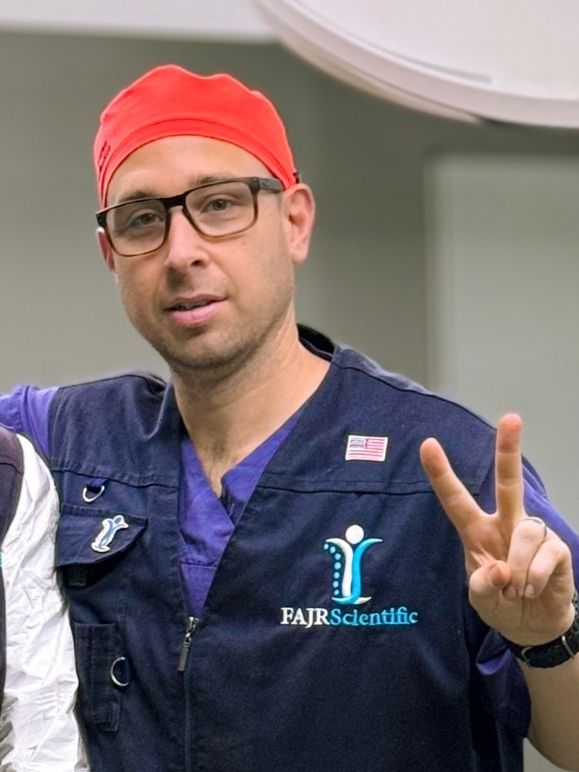
Health workers who have returned from Gaza told a 150-strong public meeting and fundraiser about the critical shortages and dangers for patients and medical workers. They emphasised that the federal government must be held to account.
The event on September 6 was organised by Healthcare Workers for Palestine WA.
Fiona Herr, a nurse working in palliative care, set the framework with an overview of Israel’s onslaught on Gaza’s health care system.
Prior to last October 7, she said, Gaza had 36 hospitals — a remarkable number considering Israel’s blockade since 2005.
Today, it has just 16, with extremely limited services: those that are operational are running at more than 200% capacity. Hospital corridors are packed with families taking refuge and shelter. Cancer care and chronic disease management services are severely diminished as doctors try to treat patients from tents and field hospitals.
Frequent evacuation orders mean hospitals are constantly relocating critically unwell patients. There is a severe shortage of beds, fuel, trauma medical supplies and basic wound care supplies, such as sterile gauze and suturing equipment.
Doctors are carrying out surgeries and procedures, such as limb amputations and caesarean sections, with no anaesthesia.
The Israeli Occupation Force (IOF) has also been targeting health care workers who must take care to remove their scrubs before leaving hospital, as it has become common knowledge that soldiers will pick them off.
At least 541 healthcare workers have been killed since October 7: another 179 are being held in Israeli detention centres, with no charge.
A number of senior doctors have died in detention, with evidence pointing to them having been beaten and tortured.
Terrible choices
Herr addressed the profound psychological impact on healthcare workers. Constant exposure to violence, suffering and death in a war zone can lead to acute stress, trauma, anxiety and burn-out.
“I cannot imagine being the doctor who must choose which patient to save and which one they cannot help. [This is a] decision that no doctor in a fully functioning healthcare system would ever have to make. In Gaza it is happening every single day.”
Surgical registrar Lama Al Ramahi who, earlier this year, was set to volunteer in Gaza but was denied entry by Israel at the final hour, asked the audience to stand and join her in reading out the World Medical Association Declaration of the modern Hippocratic oath.
surgical_registrar_lama_al_ramahi.jpg

Al Ramahi pointed out that the number of healthcare workers (541) dead was from July, and that it would have increased significantly. However, there are no official figures.
She paid tribute to a number of slain doctors, among them Dr Jumann Arfa, who was killed by an Israeli strike just three days after the birth of her twins.
Al Ramahi showed a picture of Arfa’s husband, sitting in shock, while holding the twins’ newly received birth certificates.
She reported that volunteers were prevented from taking medical supplies into Gaza, and were only allowed to take medications for personal use. They were also prevented from taking more than three kilograms of food.
Dr Jeremy Hickey, an anaesthetist at Sir Charles Gairdner Hospital, travelled to Gaza with United States-based NGO FAJR Scientific. He was part of a team of surgeons, physicians and other sub-specialties.
He described arriving in Gaza, noticing the ever-constant noise of drones and a scene that resembled a wasteland. Most days the temperature was about 40°C whereas, inside the tents, where about 95% of people were living, it was closer to 50°C.
Resilience
Access to clean water and food was difficult. A lack of power sources prevented any semblance of waste management and there was limited lighting at night.
Medical equipment was virtually non-existent, meaning they had to improvise much of the time. Medical staff didn’t sleep: they just kept working. Bed space was so limited that patients were placed on the floor.
In general, patients, huge numbers of whom are children, had multiple injuries — ones that would lead to death or disability.
doctor_2.jpg

Hickey described people’s resilience and spiritual connection; that no matter what is thrown at them, they will get up and keep moving. “It’s time they stopped having to be resilient, that they can start living their lives peacefully.”
Dr Mohammad Mustafa, an emergency department registrar recently returned from Gaza, said: “There are no GPs anymore in Gaza; no primary healthcare, no outpatient appointments — everything comes through emergency — mass casualty events, chronic diseases, and it can be pretty overwhelming and chaotic.”
Mustafa said in the face of mass casualty events, their medical equipment was rudimentary: there was no analgesia, blood pressure cuffs, bedding, clean water or disinfectant.
They used animal sutures meant for veterinarians.
As their universities are destroyed, medical students volunteer with the doctors and nurses. Members of the public volunteer as security and cleaners, including children in some cases.
A standard shift is 24 hours and no staff are paid. There could be dozens of mass casualty events over a 24-hour period. Most of the staff are homeless — their homes destroyed.
The vast majority of casualties are women and children. There are many burns victims and many malnourished children dying of starvation.
Many come in with skin infections due to the lack of sanitation. Sometimes, torture victims come in — dozens at a time still handcuffed and in their underwear — often with multiple broken bones and shattered ribs.
There were patients who had lost their hearing from the sonic booms from constant bombings. These also cause miscarriages.
Many children have died as a result of their internal organs bursting. Many more children have died as a result of heart attacks. Others died from acute liver failure as a result of untreated Hepatitis A.
In the midst of a mass casualty event, emergency would become ever-more crowded.
No triage
The medical staff would have to make decisions on who to treat, as there are too few doctors and dozens of bodies on the floor.
There was no triage and no roster, as staff would often be killed overnight, so it is impossible to plan who would be on deck the next day.
Triage involved assessing if people were alive, breathing or conscious, and whether they had any major burns or missing limbs. Those that didn’t have any of these simply had to wait.
“It was just carnage,” Mustafa said. “Some of the things you would see, you would never expect to see, even in a horror film.”
Despite this, he said there was still a lot the medical staff could do. “You can make a difference; you just have to be persistent.”
Herr closed the meeting with a quote from Omar El Akkad. “One day, when it’s safe, when there’s no personal downside to calling a thing what it is, when it’s too late to hold anyone accountable, everyone will have always been against this.”
“The time to speak about Palestine is now,” she said.
“We must continue our fight for justice for the Palestinian people and hold our government accountable for their disgraceful inaction. We must seize the opportunity we have right now, when it finally seems that truth is burying propaganda.”
[Healthcare Workers for Palestine WA raised $6500 in ticket sales. Follow it on Instagram or get in touch via email.]